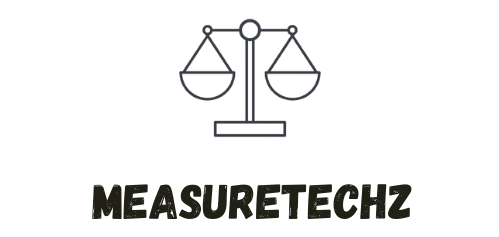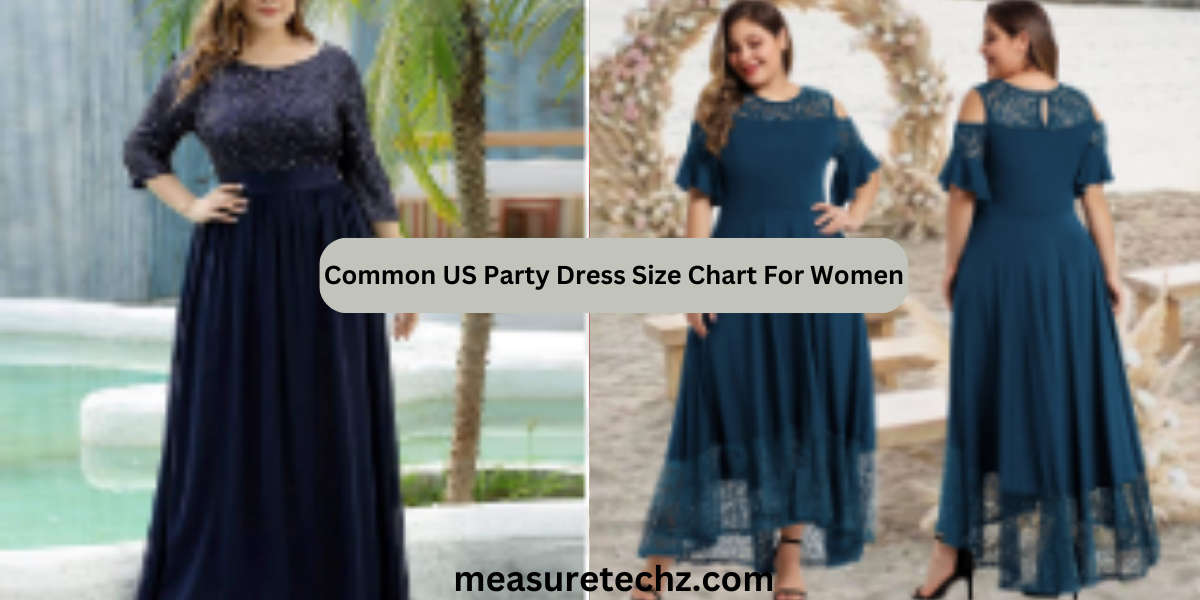Finding the perfect party dress can be exciting but challenging, especially when navigating various sizing standards. Women often encounter inconsistencies between brands, leaving them unsure about what size will fit best. This article provides a comprehensive guide to the US party dress size chart for women, helping you confidently choose your ideal fit. Whether shopping online or in-store, understanding these size guidelines will make the process smoother and stress-free.
What is a Dress Size?
A Dress Size Chart For Women is a standardized numerical or letter-based measurement that indicates the fit of a garment. These sizes are often based on body measurements such as bust, waist, and hip circumference. In the US, women’s dress sizes typically range from petite to plus-size categories, encompassing a broad spectrum of body shapes.
US Dress Size Categories
- Petite (P): Designed for women under 5’4”, typically ranging from size 00P to 16P.
- Standard Sizes: The most common range, usually sizes 0 to 16.
- Plus Sizes: For curvier body types, sizes range from 16W to 32W or higher.
- Tall Sizes: For women over 5’10”, with additional length in sleeves, torso, and hems.
US Party Dress Size Chart
Below is a general US party dress size chart. Keep in mind that these measurements may vary slightly depending on the brand.
| US Size | Bust (in) | Waist (in) | Hips (in) |
|---|---|---|---|
| 00 | 31 | 23 | 34 |
| 0 | 32 | 24 | 35 |
| 2 | 33 | 25 | 36 |
| 4 | 34 | 26 | 37 |
| 6 | 35 | 27 | 38 |
| 8 | 36 | 28 | 39 |
| 10 | 37 | 29 | 40 |
| 12 | 38.5 | 30.5 | 41.5 |
| 14 | 40 | 32 | 43 |
| 16 | 41.5 | 33.5 |
Factors Affecting Dress Size
1. Brand Variations
- Different brands have their unique sizing standards. For example, a size 6 in one brand might fit like a size 8 in another.
2. Fabric and Style
- Fitted dresses, such as bodycon styles, often require precise measurements, whereas flowy or A-line dresses offer more flexibility.
3. Stretch Material
- Dresses made with spandex or elastane blend fabrics may fit a wider range of sizes due to their stretch ability.
4. International Sizing Differences
- When purchasing from international retailers, it’s essential to use a conversion chart to match US sizes with UK, European, or Asian sizes.
How to Measure Yourself
Accurate measurements are crucial for finding the right size. Here’s how to measure:
- Bust: Measure around the fullest part of your bust, keeping the tape parallel to the floor.
- Waist: Find your natural waistline, typically the narrowest part of your torso.
- Hips: Measure around the widest part of your hips, approximately 8 inches below your waist.
- Pro Tip: Use a soft measuring tape and ensure it’s snug but not tight.
Common Questions About Dress Sizes
1. Why Do Sizes Differ Between Brands?
- Brands design their clothing based on their target demographics, leading to slight variations in fit.
2. What Should I Do If I’m Between Sizes?
- Opt for the larger size and tailor it for a better fit. Dresses can be taken in, but adding fabric is often impossible.
3. Are Plus Sizes Cut Differently?
- Yes, plus sizes often include adjustments for proportions, such as a more generous bust-to-waist ratio.
Tips for Buying Party Dresses Online
- Check the Size Chart: Always refer to the brand’s specific size chart.
- Read Reviews: Customer reviews often mention if a dress runs small, large, or true to size.
- Consider Return Policies: Ensure you can return or exchange the dress if it doesn’t fit.
- Order Early: Allow time for alterations if needed.
Conclusion
Navigating US party dress sizes can be straightforward with the right information. By understanding sizing categories, measuring yourself accurately, and considering factors like fabric and brand variations, you can confidently select a dress that fits perfectly. Keep this guide handy for your next shopping experience and step out in style at your next party.

